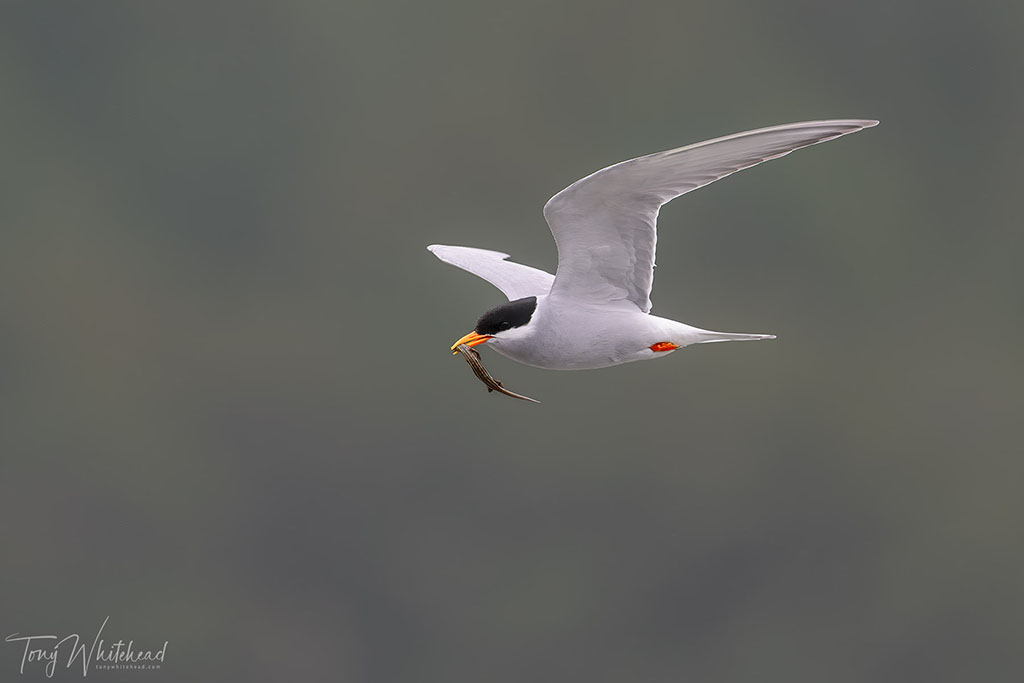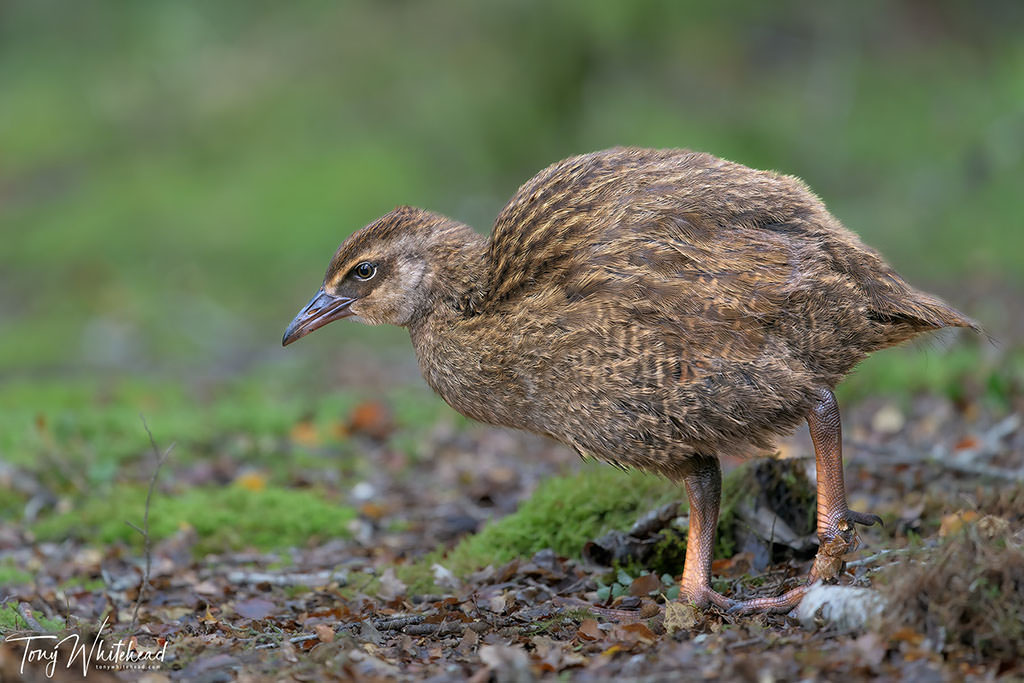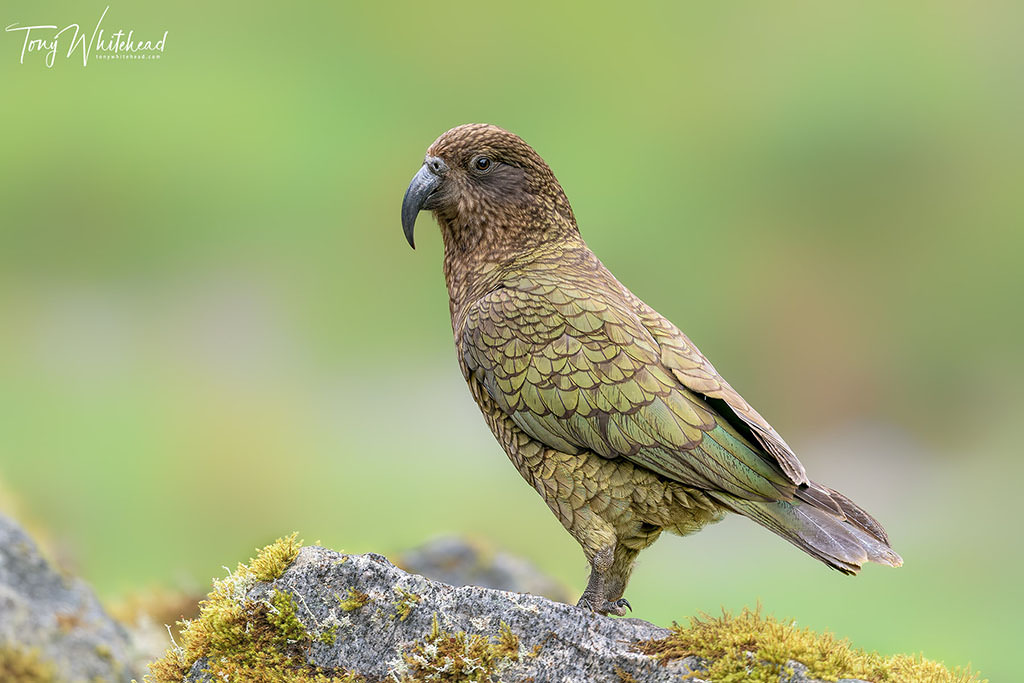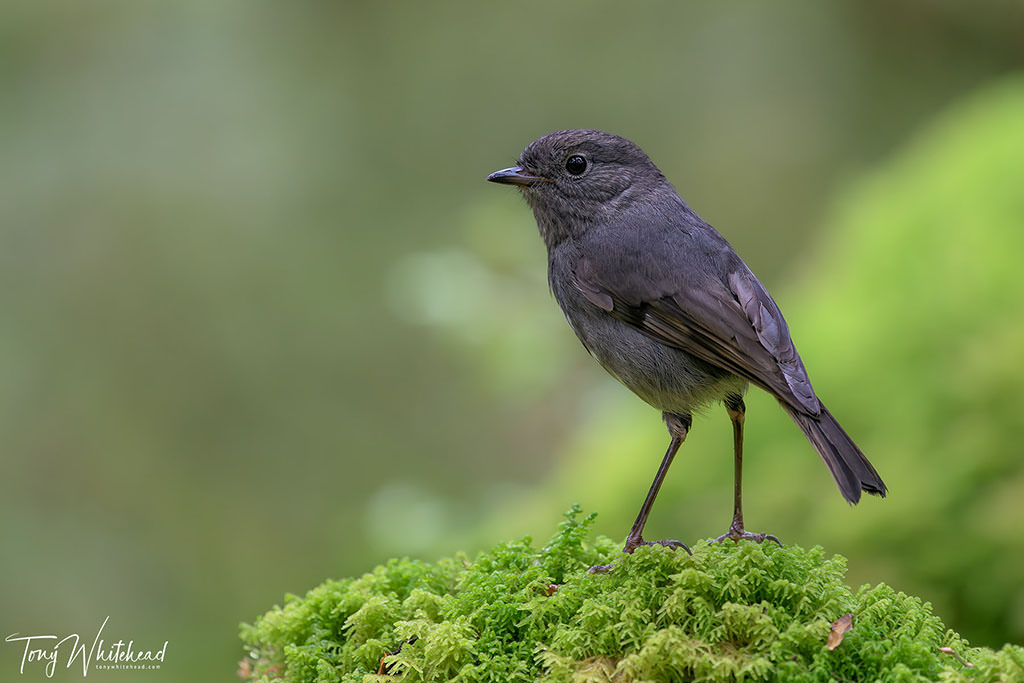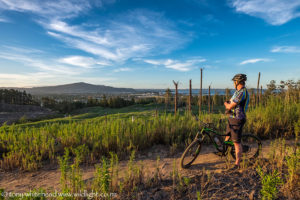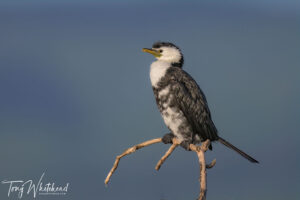Following on from last week’s post, It’s All About the Gear, and the recent report that Nikon is to stop making DSLRs (since countered by a release from Nikon that doesn’t conclusively deny the report), I thought it worthwhile to explore the gear question a little more and the quote attributed to Mark Twain seems apt. Having had a chance to process some images from 2021 has highlighted to me just how good DSLRs can be for my style of photography which, arguably, is quite a challenging genre.
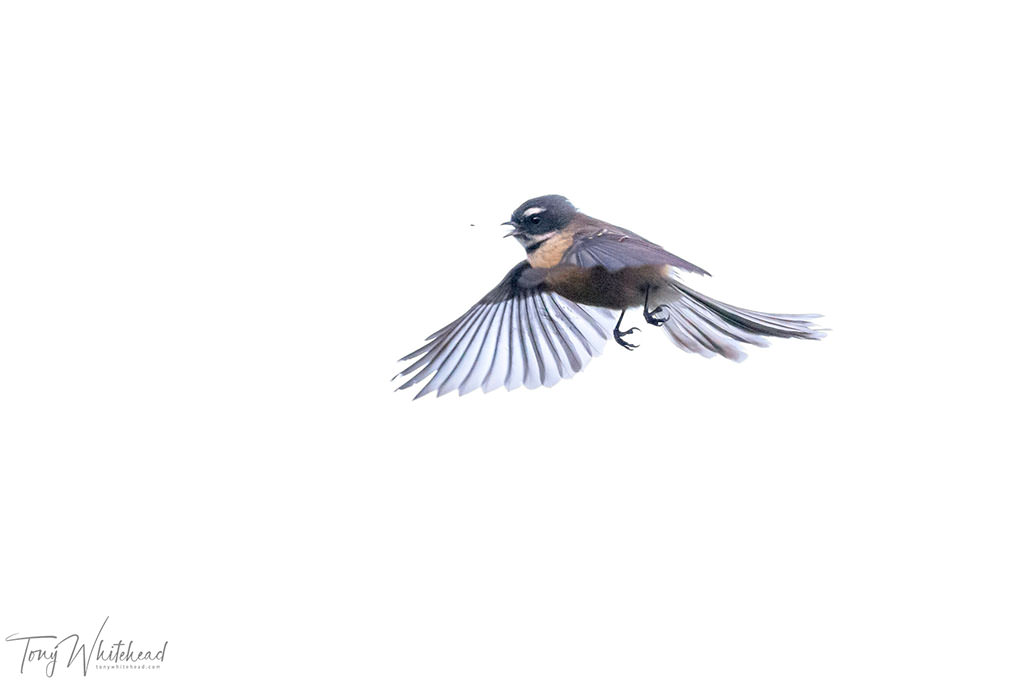
My most sought after images are birds in flight, ideally doing something interesting. The above hawking Fantail and top image of a Black-fronted Tern carrying a skink are typical and the D850 nailed them. These are selected from a number of images I have to choose from, all sharply focussed. What would a mirrorless body have done better?
In the Nikon world the only body I would have any faith in for this type of image, would be the Nikon Z9. I only have a Z7 as comparison so don’t know if the Z7ii or Z6ii would be better but the Z7 for birds in flight is hopeless compared to a D850 or D500 due to focus modes and EVF display limitations. The Z9 has addressed those issues giving a better viewfinder with blackout free display and eye tracking AF that improves with each firmware update. Once locked the eye detect AF tracks the subject over a larger part of the sensor so is more tenacious in keeping focus. The eye detect AF also has the advantage of keeping focus on the eye with a flying bird that is very close without focus drifting to the near wingtip which could happen with a DSLR unless you were very good at keeping your AF sensors on the head. The higher frame rate gives us more images to choose from but adds a image culling time overhead to our workflow.
These advances make the Z9 better than the D850 in some circumstances but don’t suddenly make the DSLR worthless. In fact the DSLR is still, in my opinion, significantly better for nearby birds on perches against a busy background.
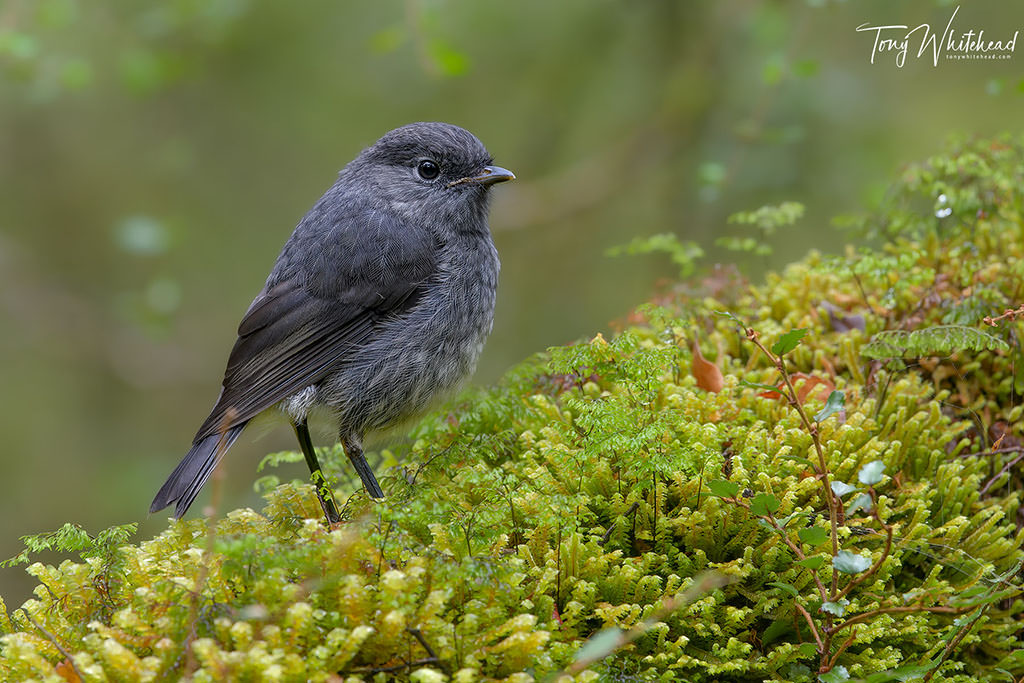
Value can be assessed financially or by utility. There is no doubt that the future is mirrorless. There are just too many advantages. Losing the pentaprism reduces size and weight and losing a flapping mirror removes the mechanical speed limitations on frame rate. Eliminating a mechanical shutter, as the Z9 has, essentially removes all moving parts making shutter count as an indicator of wear irrelevant. Personally I would be extremely surprised if Nikon releases any more DSLRs. From a marketing perspective they need to push the benefits of mirrorless and make us desire the new cameras enough to spend money on them. Financially this devalues DSLRs (and F mount lenses), but in terms of utility they are just as capable and valuable as they always were. This means that the financial cost of an extremely capable tool has just dropped significantly.
I tend to get emotionally attached to my cameras which is not ideal. They are precious tools that record special memories and it is always hard to part with a valued tool that has shared special adventures. I found it hard to sell my D850 as it was the best DSLR I have ever owned. Solid and extremely capable and providing beautiful high res, large dynamic range, ISOless files. The only thing I didn’t like was the shutter sound which was loud compared to a D700, D810 and D500. I would still back myself to get the shot if dropped into an unknown scenario with a D850, but in reality since getting my Z9 and having to spend time getting to grips with it, I found I hadn’t used my D850 for months so it made no sense to keep it. It was far better to go to someone who would make use of the the great tool that it is. It repaid me financially only a fraction of what it had cost me despite being the excellent camera it had always been and that is my point. A great photographic tool is now far cheaper than if was just a couple of years ago.
The DSLR is dead in terms of a development pathway for camera manufacturers but is definitely not dead for photographers wanting to make images. In fact the shift to mirrorless has made top end DSLRs far more financially accessible to a large demographic of photographers who previously could not justify/afford the expense of top end gear.
If you are driven to make bird images but cannot justify the cost of a top end mirrorless body, grab a bargain DSLR and make some images with a very capable machine. For those technically inclined it is exciting to explore the advances in technology but this is a bit of a side issue compared to image making and comes with a cost. It is important to recognise it for what it is and not let GAS (Gear Acquisition Syndrome) cramp your creativity or undermine your drive to get out and make images. What was the latest and greatest gear a short while ago is still excellent and now much cheaper.
As an addendum to this post, I would like to again mention the role of software progress in image making. Some of the advantages of mirrorless are the new lenses being released for mirrorless mounts. I have been very impressed with Nikon Z mount lenses but as I have written before, hardware is only part of the equation. Software now is a crucial part off the image making decision process. Processing some of my DSLR images through my new DxO PureRAW and Topaz workflow has again highlighted the important role of software. Using my new workflow I have extracted far cleaner and more detailed images than previously when processed through Lightroom.
If you don’t already have Topaz plugins there is currently a sale on their Image Quality bundle at US$159.99 (US$99 off normal retail). In addition you can get another 15% off when using the code IQBUNDLE15 which is automatically applied when you purchase via this link. Topaz DeNoise AI and Sharpen AI are options I consider with every image I process to the point that I have created Photoshop Actions to make a new labelled layer and launch the filter so that I can access them via a single click. Gigapixel AI has a more specific use case and I am currently working on a composite image that I will need this for. These bundle sales are a good opportunity to get best value. The promo lasts until 12 August so take advantage while you can.
Photos with Nikon D850 and Nikkor 500mm f5.6PF (Tern, Kaka and Fantail), Nikkor 300mm f4PF (Robins and Weka)
